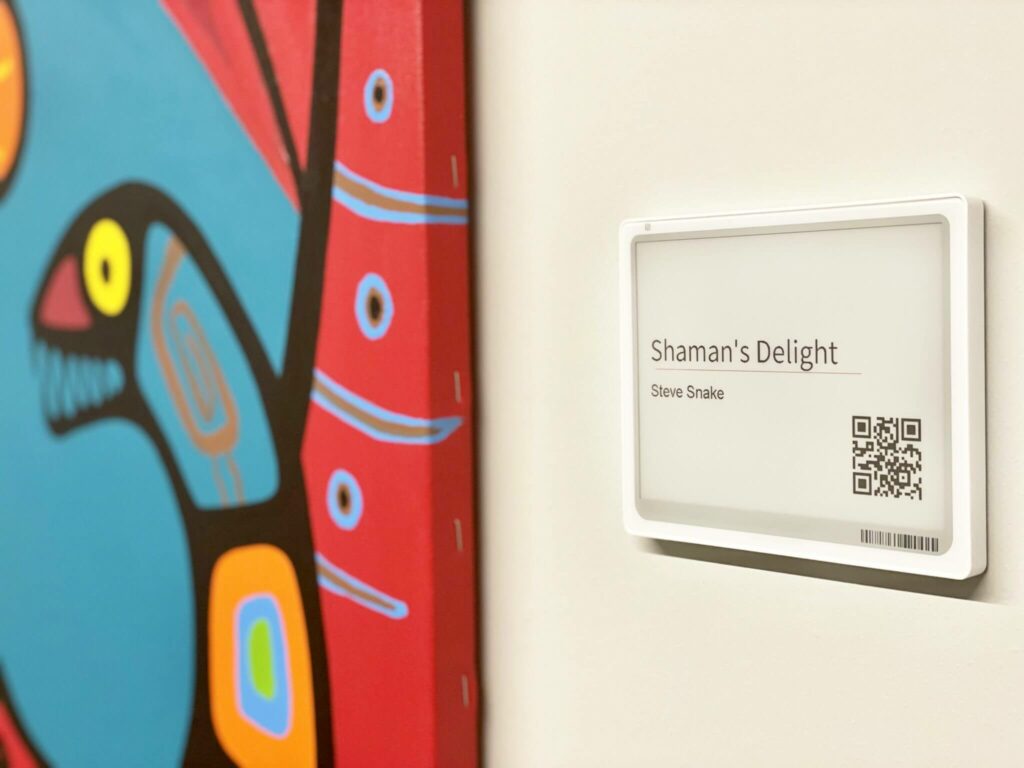3 Reasons to Host Hybrid Exhibitions
The use of technology has been a pillar for the history of visual arts. As a resource, an inspiration and a source for questions, technology has been relevant in the evolution of the art world, which has not been left behind in regards to the challenges of the digital age.
Online spaces and social media have become new instances of the public world and within said instances, hybrid and online art events have become increasingly popular, especially with the rise of virtuality due to the COVID-19 global pandemic.


Accessibility
One of the key benefits of hybrid and online events is increased accessibility. Traditional art fairs can be expensive to attend, with travel, lodging, and admission costs adding up quickly. Hybrid and online events, on the other hand, offer cost-effective and convenient ways for art enthusiasts to engage with artworks from around the globe. Additionally, hybrid events offer accessible options for individuals with disabilities or difficulty accessing strictly in-person events.
Flexibility
With virtual events, artists and galleries have the ability to extend their events beyond the limitations of a specific time or location. With online opportunities like podcasts, streaming and online archives, events can be hosted at any time and hybrid models accommodate both in-person and virtual attendees. Additionally, hybrid events offer the opportunity to accommodate a variety of artistic mediums, while learning more about their stories, backgrounds and creative processes. This allows for a more enriched program surrounding the exhibition itself.

Artist James Bridle’s “The New Aesthetic” blog, an ongoing piece that uses the website “Tumblr” as it’s main platform, making it a 100% online experience.

Artist James Bridle’s “The New Aesthetic” blog, an ongoing piece that uses the website “Tumblr” as it’s main platform, making it a 100% online experience.
Cost and sustainability
Hybrid events also offer cost effective ways to extend the lifespan of exhibitions. Rather than paying galleries for space at the exhibition, serving cocktails, and hiring staff, hybrid events offer a less expensive option. Additionally we recognize that in-person events often produce waste, from printed materials, plastics and more. Online events help reduce this waste without limiting the experience.
The Future of Art Fairs
Increased accessibility, sustainability and budget are just some of the initial benefits. Hybrid events played a great role in supporting the arts industry after COVID-19, forcing us to experience its benefits before we even felt prepared to do so. Considering this, it is inevitable to think of traditional spaces for art in a more technology forward way.
Many names in the Art Industry, including artists such as Yayoi Kusama or Art Fairs like the LA Art Show and Frieze Art Fair have already started to make use of hybrid formats for their events.


By reducing cost limitations, and strengthening the connection between artists, galleries and consumers, Dot Red’s hybrid event opportunities are shifting the landscape. Artists and galleries that embrace these new opportunities will benefit from greater awareness, sales, and development opportunities.
This has opened a pathway for companies like Dot Red to develop hybrid services to support artists and galleries in showcasing their work, extending their cycles and reaching wider audiences. So, what are the benefits brought by hybrid spaces?


